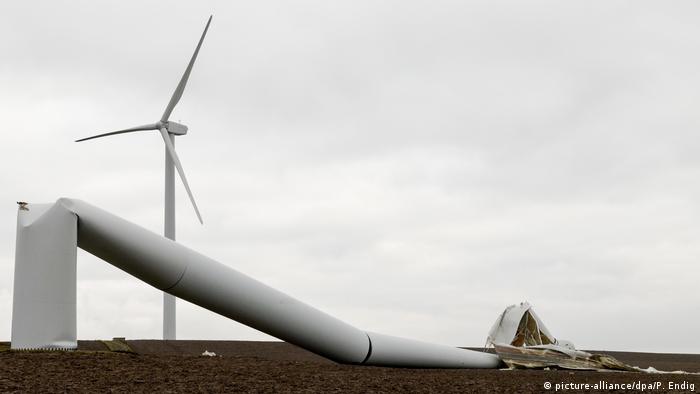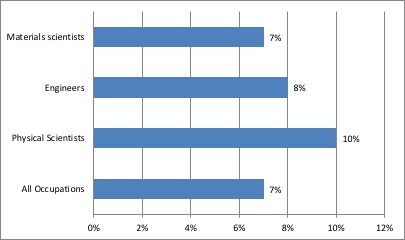
Many examples of engineering can be found throughout history, from ancient monuments to modern technology. Ancient Egyptians, for example, credit Imhotep with building a step pyramid in Saqqara. Imhotep's step pyramid was completed in the third millennium BC, and the Egyptians later deified him after his death. This Egyptian engineer is probably familiar to you. But did you know that he was also deified?
Ancient engineering monuments
Many ancient engineering monuments stand as a testament to the skills of human beings. The monuments of ancient Egyptian civil-military engineers include the Pharos in Alexandria, the Pharos of Alexandria, and the Ziggurats of Mesopotamia. Other examples of ancient engineering monuments include the cities of the Indus Valley civilization and the Acropolis. Ancient Greek and Roman engineers left behind monuments such as the Acropolis and the Colosseum. Mayan civil engineers built impressive structures such as the drainage systems and aqueducts at Teotihuacan in Mexico. The Turkish engineering monument, Al-Jazari, was constructed with five water pumping machines for the kings of the Artuqid dynasty. Other engineers, like Mechanics also developed the concepts gears, escapement, and other mechanisms.
Mechanical engineering in the early days
Mechanical engineering dates back to Mesopotamia's 5th millennium BC. The field has expanded greatly over the years, encompassing everything from automobiles to energy conversion to microelectromechanical systems. History of mechanical engineering shows that it wasn't always as simple as it is today. Regardless of whether you are interested in automobiles, manufacturing equipment, or energy conversion, mechanical engineering has shaped many aspects of our lives.

The beginning of electrical engineering
After World War I, it was difficult to maintain a good relationship between the government and electrical engineers. Radio communication was used in wartime to communicate with others, but the government had to regulate this new technology. The United States government assumed control of all wireless channels in 1917. This was because the radio spectrum was so valuable that it could not be left uncontrolled. This resulted in a boom of technology that has changed the way people communicate. Today you can witness the history of electricity both in New York City as well as elsewhere.
Radio technology as it was developed in the early years
Radios were first used for simplex communication in the early 1900s. People would send messages by sending Morse Code, which is similar to the code that was used for writing. These communications were only one-way and could not be heard over the other. Despite limitations in early radios, the idea to send electrical waves over vast distances was groundbreaking. Without a new technology, long-distance phone lines were not possible.
Early electric generators
The early electric generator was a marvel of engineering that made it possible to produce electrical power with a small amount of work. Hydroelectric power was first explored in the Sierra Nevada hydraulic mines during the 1880s. Almarian Decker (an engineer for the Brush arc lights who had moved from England to California because he was ill with tuberculosis) integrated generation and transmission into the first alternate-current three-phase power plant in Redlands in 1893.
Early electrical engineering in the western world
The history of electrical engineering dates back to the 19th century. This was the time of Thomas Edison and Alexander Graham Bell, two of the most important people in the industry. Electricity spread rapidly and these two men became the first engineers to specialize in this field. The development of the electrical industry was a major change in the world. Large employers of electrical engineers became possible. While the TVA was perhaps the most well-known government initiative in this area of the country, many local governments provided power and service.

Santa Clara's early days of electrical engineering
The School of Engineering at Santa Clara University was founded in 1912, and started offering bachelor's degrees. Later, the school added master's and doctoral degrees to its offering. Today, the school serves the entire Silicon Valley area. It offers an extensive range of programs in engineering including advanced degree programs. In addition, there are many opportunities for networking and continuing education. It is the only national professional association that is specifically focused on electrical engineering.
Early electrical engineering was in England
England was home to electrical engineering. Many of the pioneers of this field were born in the UK, including George Stephenson (Isambard Kingdom Brunel) and Thomas Telford. In 1821, Michael Faraday made the first demonstration of electrical energy being converted into mechanical energy, which helped to cement the field. The UK had many other key contributors to the field's development, in addition to these pioneers.
In the United States, early electrical engineering
Although electricity wasn't a new technology it was considered necessary by many jurisdictions. Governments became major employers for electrical engineers as they assumed responsibility for providing power and communication to their citizens. While the TVA is most prominent government initiative in this space, there were also other examples. Outside of the USA, government control of power and communication was the norm. With such technological advancement, electrical engineers began to realize the importance of advancing their field.
FAQ
What is an aerospace engineer?
Aerospace engineers combine their knowledge of aeronautics. propulsion, robots and flight dynamics to develop aircraft, spacecrafts. rockets, satellites, missiles and rockets.
An aerospace engineer could design new aircraft types and fuel sources or create space suits.
Is engineering difficult to study?
It depends what you mean with "hard". It depends on what you mean by 'hard'. If you mean hard, then yes. But if you mean boring then no. Engineering is not hard because it requires lots of maths and physics.
If you want to learn how to do something, go for it! Engineering doesn't require you to be an expert.
Engineering can be fun as long you do something you enjoy.
You could say that engineering is easy once you know everything inside out. However, this is false.
The reason engineers think they are boring is because they haven’t done anything else.
They've just stuck to the same old thing day after day.
There are many options for solving problems. Each solution has its benefits and drawbacks. So try them all out and see which one works best for you.
Is engineering a career that is rewarding?
Engineering is an exciting profession where you are constantly learning and improving yourself. The opportunity to make a difference in the lives of others is yours. And there are many different ways to do this.
You could design products, such as cars and planes, trains, computer systems, smartphones, and other devices. Or you might develop software for use on these devices or help build them. Maybe you are interested in designing medical equipment. There are endless possibilities!
Engineers enjoy working alongside others to solve problems and find solutions. Engineers are always seeking new challenges and learning opportunities.
Engineering is a great career choice. But it requires hard work and dedication. It is more than just watching TV. It will take a lot of effort to achieve the desired results. It's worth it.
What do industrial engineers do?
Industrial engineers focus on how things operate, interact and function.
They are responsible for ensuring that machinery, plants, or factories run safely and efficiently.
They design and implement equipment, controls, or operations that make it easier for workers, to accomplish their tasks.
They also make sure that machines are compliant with environmental regulations and meet safety standards.
Statistics
- 8% Civil engineers solve infrastructure problems. (snhu.edu)
- 14% of Industrial engineers design systems that combine workers, machines, and more to create a product or service to eliminate wastefulness in production processes, according to BLS efficiently. (snhu.edu)
External Links
How To
How to read engineering plans
Engineering drawings provide a visual description of an object. There are many elements in these drawings such as text, dimensions and symbols. Since ancient times engineering drawings have been in existence. In Egypt, 3000 BC was the first time a drawing was recorded. Engineers use them for designing objects such as bridges, machines, and buildings.
Engineers use engineering drawing to explain how something looks. It aids others in understanding what you're talking. Engineers show the measurements of things with symbols and numbers. This makes it easy for people who don’t know much about engineering.
There are two main types, 2D (or 3D) of engineering drawings.
2D drawings can be flat representations or three-dimensional objects. These can include sections, elevation views, plans, and axonometric projects.
3D drawings can be used to show real-life objects at multiple angles. These drawings are often created using computer software. SketchUp allows you to display a model from the top of a bridge. You would then select "View" and choose "Top View." Then rotate your view until all of it is displayed from above.
You should always look at the entire picture when looking at 2D drawings. You shouldn't be focusing on just one area. Make sure to notice important parts in the upper right corner.